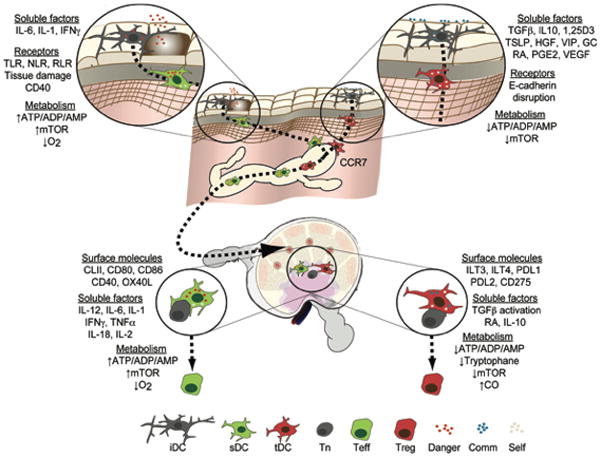Figure 3. Education of immunogenic or tolerogenic DCs by environmental signals.

Immature DCs (iDCs) perceive a myriad of inputs leading to their differentiation into sDCs or tDCs. Upon engagement of danger signal receptors by microbes or cellular distress, the presence of activating cytokines or changes in the abundance of certain metabolites, these cells mature and become sDCs that migrate to the draining secondary lymphoid organs (SLOs) using CCR7. Through presentation of cognate antigen and costimulatory surface receptors as well as production of cytokines and the regulation of metabolites, sDCs coerce naïve T cells (Tns) to become effector cells (Teffs). On the other hand, at steady state, commensals and structural cells produce anti-inflammatory cytokines that in combination with regular levels of metabolites and minute quantities of danger signals imprint tDCs to migrate to SLOs using CCR7. Upon contact with antigen specific cells, tDCs induce the differentiation of regulatory T cells (Tregs) through a variety of mechanisms. Toll-like receptors (TLR), Nod-like receptors (NLR), RigI-like receptors (RLR), mammalian target of rapamycin (mTOR), 1,25-dihydroxyvitamin D3 (1,25D3), thymic stromal lymphoietin (TSLP), hepatocyte growth factor (HGF), vasoactive intestinal peptide (VIP), Glucocorticoid (GC), all-trans retinoic acid (RA), prostaglandin E2 (PGE2), vascular endothelial growth factor (VEGF), programmed death-1 ligand (PDL), carbon monoxide (CO), Commensal (Comm).
